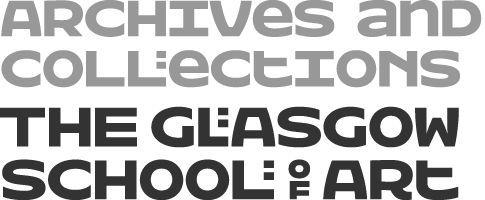Key Information
Type of entity
Person
Authorized form of name
Craigie, James H
Parallel form(s) of name
Standardized form(s) of name according to other rules
Other form(s) of name
Identifiers for corporate bodies
Description area
Dates of existence
History
James Hoey Craigie was born in Tradeston, Glasgow on May 7, 1870, one of three children of Magdalene Hoey and James Craigie, a drapery warehouseman. James was an architectural draughtsman and apprentice to James Hamilton from 1885 to 1890. He attended The Glasgow School of Art from 1889 to 1896 as a student in Architecture. In 1894 he won the Alexander Thompson traveling scholarship which took him to France and Italy. In 1895 he joined the office of architecture firm Clarke, Bell & R A Bryden as a principal assistant. In 1905, he took R A Bryden's place as a partner in the firm, owing to his more contemporary and competitive skill in Neo-Greek, German Baroque and Art Nouveau design. During the First World War, James served as a captain in the Royal Engineers, receiving a commission in the 7th battalion of the Highland Light Infantry. He served as Deputy Commander in the Royal Engineers in Stirlingshire until 1917, and then in France from 1917 until the end of the war. Afterwards, he continued working as an architect, becoming a fellow in the Royal British and the Scottish Institute of Architects as well as the Glasgow institute of Architects. He died March 30, 1930 in Glasgow. James Hoey Craigie is commemorated on The Glasgow School of Art's First World War Roll of Honour. Also appears on the Glasgow Institute of Architects Roll of Honour (Fellow).
If you have any more information, please get in touch.
Sources: Ancestry: http://www.ancestry.co.uk; Scotland's People: http://www.scotlandspeople.gov.uk; the Dictionary of Scottish Architects: http://www.scottisharchitects.org.uk; the Dictionary of Scottish Art and Architecture by J.M. McEwan.
Places
Legal status
Functions, occupations and activities
Mandates/sources of authority
Internal structures/genealogy
General context
Relationships area
Access points area
Subjects
Place access points
Occupations
Control area
Authority record identifier
Institution identifier
Rules and/or conventions used
Status
Level of detail
Processing information
Language(s)
Script(s)
Sources
local

